Points and Crossings Railway | Signalling & Interlocking
Signalling & Interlocking Points and Crossings Railway
Points and Crossings Railway:- These are the arrangements provided in a railway track to divert a train from the mainline to the branch line.
1 Turn Outs: pair of points and a crossing, to divert a train.
2 Left-hand turnout: if the train is diverted to the left of the main track in the facing direction.
3 Right-hand turnout: if the train is diverted to the right of the main track in the facing direction.
Left-hand turnout
Right-hand turnout
Left-hand turnout / Right-hand turnout
Technical Terms
1. Main track or mainline
2. Branch track
3. Flange way clearance
4. Stock rails
5. Tongue rails
6. Stretcher bar
7. Switch
8. Toe of switch
9. Heel of switch
10. Throw of a switch – 9.5cms for B.G
11. Facing points and facing direction
12. Trailing points and trailing direction
13. Check rails
14. Wing rails
15. ANC
16. TNC
Through Sleepers
• Sleepers provided under both railway tracks i.e main line and branch line
• Purpose is to maintain both tracks at the same level
Interlaced Sleepers
• Sleepers laid when long sleepers are not available
Type of crossings
to transform from one track to another parallel track
• Various tracks available are
• Diamond crossing
• Cross over
• Scissors cross over
• Ladder track or gathering lines
• Gauntlet track
Diamond crossing
• It consists of 2 acute angles and 2 obtuse angles
Cross Over
1. Provided when one track is to be diverted to another parallel track.
2. It consists of 2 sets of points and 2 acute crossings.
Scissor Cross Over
• Combination of one cross over with the another one in the opposite direction
Ladder track or gathering line
• Number of parallel lanes are connected
Gauntlet Track
When two tracks of the same or different gauges running parallel to each other, they are converted into a single track at bridges for economizing.
Signalling
• It consists of systems, devices and means by which trains are operated efficiently and tracks are used to the max. extent Objectives of Signalling.
• Facilities for efficient movement of trains.
• Safety between trains.
• Max use of the track.
• To guide trains movement during maintenance and repairs.
Points and Crossings Railway
The classic faction of Signalling
1) Operation Characteristics
a) Detonating (Fog or Audible) signals
b) Hand (Visual Indication) signals
c) Fixed (Visual Indication) signals
2) Functional Characteristics
a) Stop or Semaphore type signals
b) Warner signals
c) Shunting signals
d) Coloured light signals
e) Locational Characteristics
f) Reception Signals: Outer & Home signal
g) Departure Signals: Starter & Advance starter
Operation Characteristics
1) Detonating (Fog or Audible) signals: during the foggy & cloudy weather when hand or fixed signals are not visible, detonators are
placed on rails which explode with a loud when the train passes over them. Generally placed before 400-500m ahead of the signal to enable
the driver to stop the train or to obey it.
2) Hand (Visual Indication) signals: hand signals are given by flags fixed to wooden handle or by bare arms during day times and lamps with glass sides or green, red and amber during night times. Generally used by guards, station masters, cabin man, gang man, key man or any authorised man.
3) Fixed (Visual Indication) signals: theses signals are usually fixed at a place.
1) Stop or Semaphore type signals: ordinary position is Horizontal but it can be lowered to any angle by pulling
the wire from the cabin. ON indicates stop or danger, OFF Indicates proceed.
2) Warner signals: similar to semaphore signal at the entrance to the station except for a V-notch at the free end
Functional Characteristics
1) Stop or Semaphore type signals: ordinary position is Horizontal but it can be lowered to any angle by pulling the wire from the cabin. ON indicates stop or danger, OFF Indicates proceed.
2) Warner signals: similar to semaphore signal at the entrance to the station except for a V-notch at the free end
3. Shunting (Disc or ground) signals: used for shunting operation at station yards. Shape of a circular disc with red band on a white background. The disc can revolve in a vertical plane by pulling the lever arm.
• Horizontal positions indicate STOP.
• Inclined position (450) indicates PROCEED.
4) Coloured light signals: with the introduction of electric traction, semaphore signals are replaced by colour light signals both during day and night.

1) Reception Signals: Signals which control the reception of trains into a station. They are two types i.e Outer & Home signal
Outer signal – it is the first to stop signal at a station and it must be placed at an adequate distance(0.54km for B.G and 0.4km for M.G) before the railway station.
Generally, a warner signal is provided. In stop position, the driver must stop the train at a distance of about 90m before the outer signal and then proceed to the home signal with caution
Home signal – this signal indicates which line is to be used So main function is to protect the sidings already occupied not more than 180m away from the start of switches
2) Departure Signals: Signals which control the dispatch of trains from the station. They are two types i.e Starter & Advance starter
• Starter signals – it is the last stop signal at the station. It is the limit up to which trains at a station come to stand or halt.
• Advance starter – it is the last stop signal at the station. It indicates that the train has left the station and the station master is no more responsible for the station master. 180m beyond the switches.
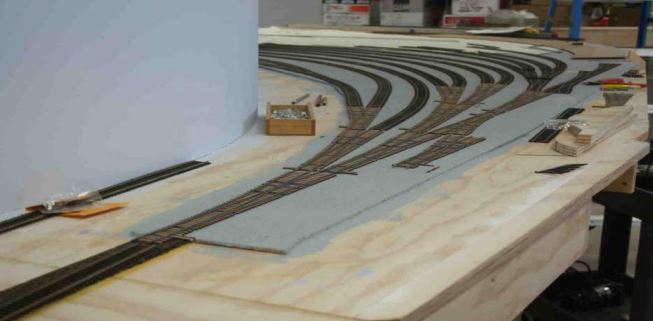
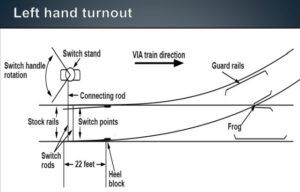
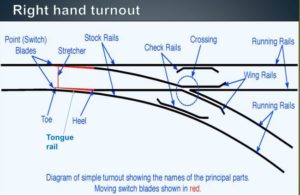
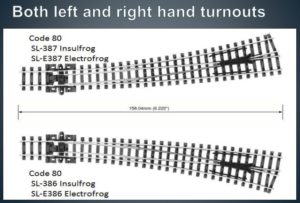
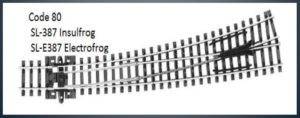
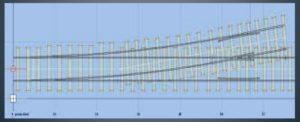
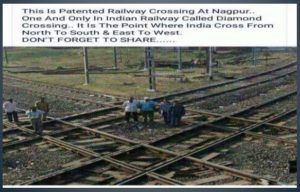
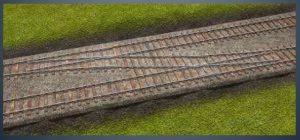
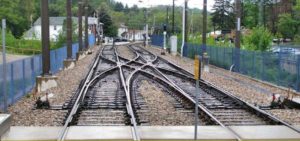
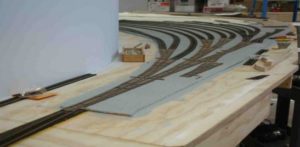
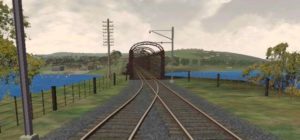


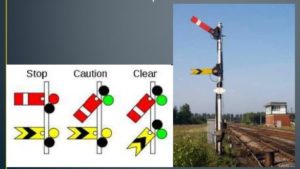
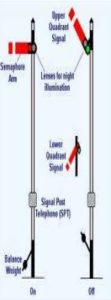
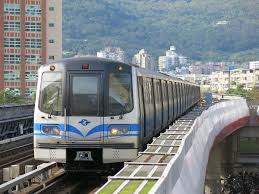
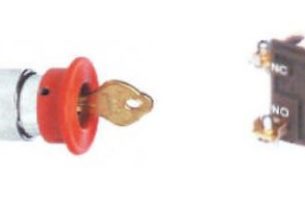
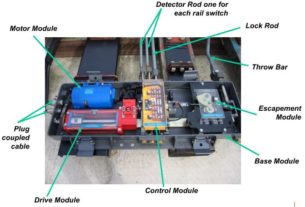
It’s a god information of point and crossing
thx